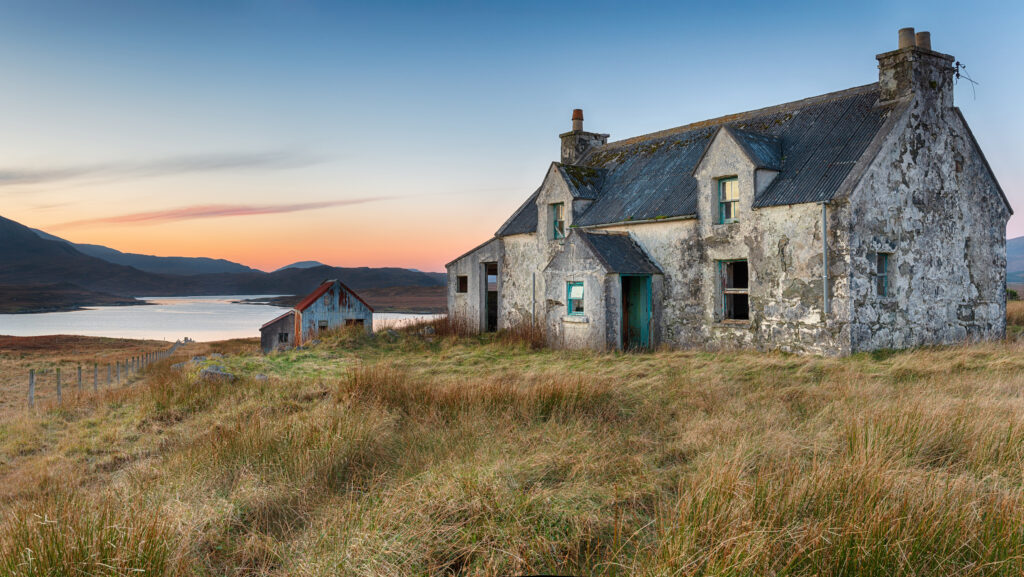Opinion: Crofting needs a ‘competent’ government plan
 © Adobe Stock
© Adobe Stock In the old days of the Celtic fringe, having your own cattle was a sign of wealth. A herd was like a bank vault full of gold.
A friend of mine remarked that those were good old days as, although she has a fine herd on someone else’s farm, she doesn’t have the wealth needed to buy a croft.
See also: Opinion – too many politicians are ignorant of rural life
There was a croft for sale she was keen on, a few acres without shares in the common grazing.
The land was mediocre – Grade 5.2, sloping, patches of poor drainage, rushes and molinia. It hadn’t been worked recently.
It was a good location, within what had once been a thriving agricultural township. The application of hard graft would soon see it improved.
But the price was prohibitive. Marketed at offers over £130,000, it broke back to £14,500 an acre and was soon sold.
This is typical of the local croft market, where prices are high and buyers pay in cash as croft land can’t be leveraged.
Few local youngsters, hardworking folk like my friend, have that sort of sum in the bank.
I’m guessing that readers unfamiliar with the Highlands and Islands might raise an eyebrow at marginal upland pasture selling for well over the average price of a decent acre in England.
I’ll explain. This croft, like so many others, had outline planning consent for a house.
Crofts have essentially become large house plots, marketed as romantic lifestyle properties to people with the wherewithal to turn their Highland dream into reality.
In this market, agriculture has become almost irrelevant – and young locals wanting to actively croft have been priced out of land that was supposed to be their birthright.
You can say, that’s life. The market is the market, and while it’s tough on people who aren’t cash-rich, that’s just the way things are.
But consider why crofts were originally created. It’s a unique form of agricultural occupation benefiting from security of tenure.
Crofts exist because the indigenous people of this cultural landscape needed that security to prevent eviction by landlords and the consequent destruction of Gàidhealtachd culture – a way of life rooted in this soil.
But since crofts became assets to be sold off and traded, destruction is under way and gathering pace.
Absentee owners. Crofts left fallow. Multiple plots decrofted and sold off for holiday homes, inflating local house prices.
All these problems are rife, running counter to the original spirit of crofting law.
Communities structured around common agricultural endeavour, shared language and culture, are threatened.
An English incomer told me that crofters themselves are to blame.
After all, who bought the crofts from the landlords, selling them on for huge profit? Who got plots decrofted and sold them to rich retirees and developers?
There’s truth in that. But there’s complexity, too – decades of incompetent socio-economic policy have created a situation in which land is often the only source of realisable wealth for otherwise cash-poor people.
There’s no easy fix for these entrenched problems, but we need a competent government plan for crofting that links agriculture, education, culture, business, services, housing and social cohesion.
Crofting law reform is currently being planned, but it can’t take place in a vacuum, because the heart of crofting is its people, and a market dominated by the wealthy is a betrayal of crofting’s soul.

